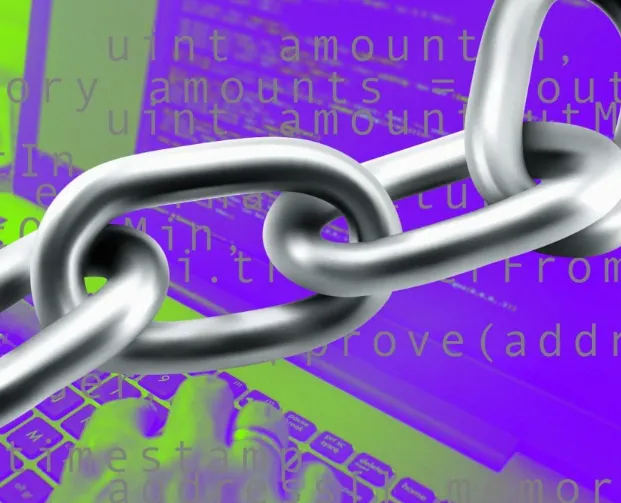Blockchain has always promised groundbreaking possibilities, yet its complexity has often stood in the way of everyday use. From juggling multiple wallets to learning the quirks of different protocols, both users and developers have faced a steep barrier to entry. Chain abstraction is emerging as the answer—a framework designed to simplify interactions, unify fragmented systems, and bring blockchain technology closer to mainstream adoption.
What Chain Abstraction Means
At its core, chain abstraction is about making blockchains feel invisible to the end user. Instead of forcing people to navigate separate wallets or manually bridge assets between ecosystems, it creates a universal interface where everything happens seamlessly in the background.
For developers, it removes the burden of writing unique code for every chain. Instead, they can build applications that automatically work across multiple networks, significantly reducing costs and speeding up development cycles. The result is a system that feels as intuitive as browsing the internet—where no one needs to understand the underlying protocols.
Why It Matters
Chain abstraction transforms blockchain in three crucial ways:
- Simpler user experience: People interact with dApps without worrying about which chain they’re on, just as we use websites without thinking about how HTTP or TCP/IP works.
- Easier development: Builders can create applications that operate across ecosystems without needing to design separate integrations for each.
- Cross-chain connectivity: Assets and data can flow freely between networks, unlocking powerful new opportunities in finance, gaming, and beyond.
How It Improves Everyday Use
The benefits become obvious when applied to real scenarios:
- Unified wallets: Instead of managing one wallet for Ethereum and another for Solana, a single interface can handle transactions across both.
- Automatic transfers: Bridging or swapping tokens between chains happens invisibly in the background.
- Cross-chain dApps: Applications no longer lock users into one network—they can tap into liquidity, assets, and services across multiple blockchains without extra steps.
Imagine opening a DeFi app and executing a trade. You don’t select a chain or bridge assets—the system automatically routes through the fastest, cheapest, or most compatible option, making blockchain use feel as simple as any online application.
Platforms Leading the Way
NEAR Protocol
NEAR is known for prioritizing usability. Its account model replaces long cryptographic addresses with human-readable names, lowering the barrier for new users. Through tools like the Rainbow Bridge and Aurora, NEAR also enables smooth transfers and dApp use across Ethereum and its own network without requiring manual setup.
Polkadot
Polkadot’s parachain model connects specialized blockchains into one cohesive system. Its messaging protocol (XCMP) allows chains to communicate without forcing users to move assets manually. Developers can build apps that draw resources from multiple parachains while presenting a single interface to the end user.
Cosmos
Dubbed the “Internet of Blockchains,” Cosmos connects independent chains using its Inter-Blockchain Communication (IBC) protocol. Wallets like Keplr further simplify interactions by giving users one dashboard for managing assets across the entire ecosystem. Transfers between chains like Terra and Osmosis happen seamlessly, with no need to understand the mechanics behind them.
LayerZero
A newer entrant, LayerZero focuses on omnichain interoperability. It allows developers to build applications that operate across diverse blockchains by enabling direct cross-chain messaging. A decentralized exchange, for instance, could tap into liquidity on Ethereum, Avalanche, and BSC without requiring users to bridge or switch networks.
The Broader Impact
- Interoperability at scale: Chain abstraction creates a foundation for multi-chain services, such as DeFi platforms pooling liquidity from different ecosystems or NFT projects that work across multiple blockchains.
- Lower barriers for adoption: By hiding complexity, blockchain apps start to feel as approachable as mainstream web services, bringing in new waves of users.
- Developer-friendly growth: Simplifying multi-chain development attracts more builders, leading to richer ecosystems and more innovative applications.
What’s Next
The blockchain landscape is becoming inherently multi-chain, and chain abstraction is the key to making that future usable. Expect to see modular blockchain designs, more sophisticated cross-chain liquidity systems, and stronger interoperability standards. As protocols like NEAR, Polkadot, Cosmos, and LayerZero refine their solutions, the dream of a truly interconnected blockchain world gets closer.
Conclusion
Chain abstraction is more than a technical upgrade—it’s a turning point for the blockchain industry. By masking complexity and unifying fragmented systems, it unlocks smoother experiences for users and lowers barriers for developers. Ultimately, it’s this simplification that will drive broader adoption and shape the next generation of decentralized applications.







